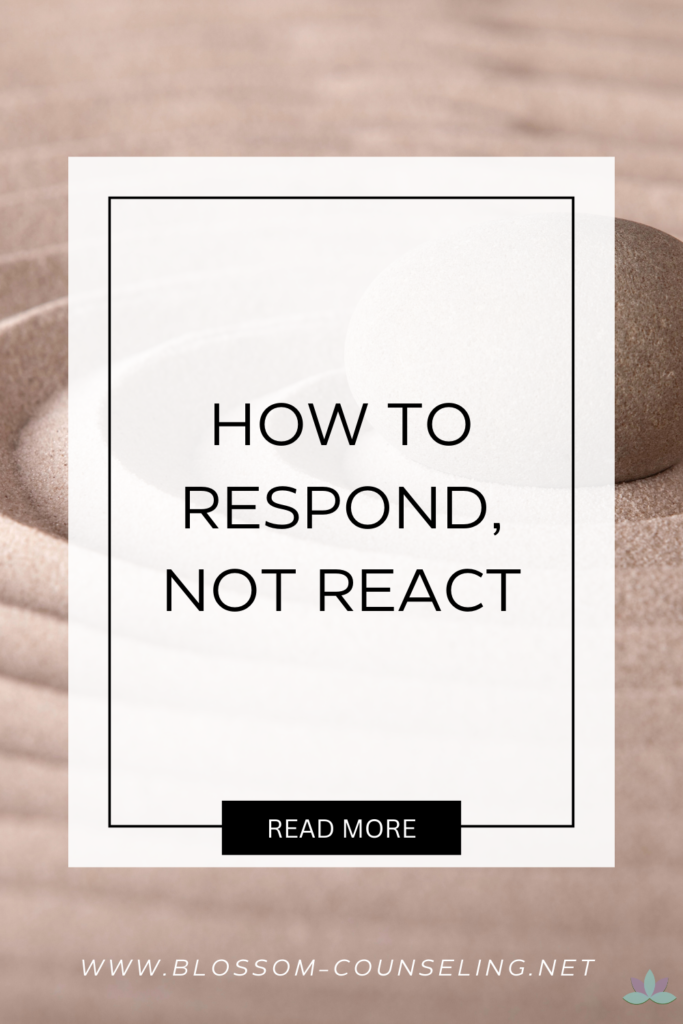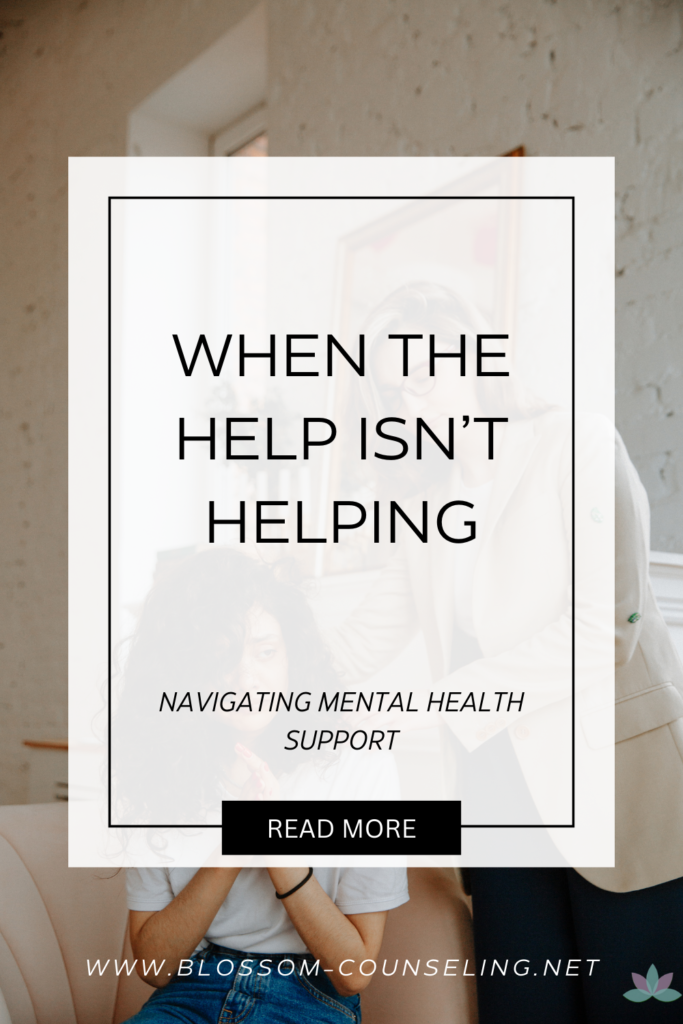
Ever found yourself halfway through a detailed explanation of how your coffee machine works when all your friend did was compliment your latte? Or maybe you’ve caught yourself giving a minute-by-minute account of your day to a simple “How was your day?” If so, welcome to the world of overexplainers – a place where more is usually less, and the journey from point A to B involves visiting the rest of the alphabet.
Overexplaining is like adding too much salt to your favorite dish; it overshadows the flavors you actually want to enjoy. It often stems from a cocktail of insecurity, a desire for approval, and sometimes, just the sheer excitement of sharing. While the intent is usually benign, the impact can range from mildly amusing to inadvertently alienating.
Why We Overexplain
Seeking Validation: Deep down, many of us yearn for approval. Overexplaining can be a bid to prove our worth, showcase our knowledge, or simply to make our point not just seen but decorated, illuminated, and put on a pedestal.
Fear of Misunderstanding: Ever been misunderstood? It’s not fun. To avoid this, we sometimes go overboard with our explanations, hoping to cover all bases and ensure our message is received loud and clear (and in HD).
Anxiety’s Sidekick: Anxiety often whispers that what we say isn’t enough, prompting a flood of words to fill the void. This can turn a simple explanation into a deep dive nobody signed up for.
The Ripple Effect of Overexplaining
While overexplaining comes from a place of wanting to connect or be understood, it can ironically create distance. Listeners might feel overwhelmed, bored, or even underestimated, as if we don’t trust their ability to grasp the essence without a detailed manual. In professional settings, it can undercut our credibility, painting us as unsure or underprepared.
Finding the Balance
Embrace the Pause: Before diving into an explanation, take a breath. Ask yourself, “What’s the core of what I want to convey?” Often, less is more, and silence can be golden.
Read the Room: Tune into your audience’s verbal and non-verbal cues. Are they engaged, or are their eyes glazing over? Adjust your detail dial accordingly.
Confidence is Key: Remember, your ideas and insights are valuable. Trust in your ability to communicate effectively without needing to overdecorate your thoughts.
Clarify, Don’t Clutter: Aim to make your explanations clear and concise. If further detail is needed, trust that questions will follow.
Practice Makes Perfect: Like any skill, getting to the point takes practice. Start small. Maybe next time you’re asked about your day, try summarizing in a few sentences rather than giving a play-by-play.
Embracing Authenticity
At the heart of overexplaining is often a desire to connect authentically, yet the irony lies in the method. True connection comes from mutual understanding and respect, not from the quantity of words shared. By striking a balance between clarity and brevity, we not only respect our listeners but also ourselves. We give our words the space to breathe, to be heard, and most importantly, to be understood.
In a world that often feels like it’s spinning too fast, choosing our words wisely and saying just enough can be a form of respect—a nod to the value of our own time and that of others. So next time you’re tempted to embark on an explanatory marathon, remember: the art of communication isn’t in how much we say, but in how well we convey our message.
|
|




